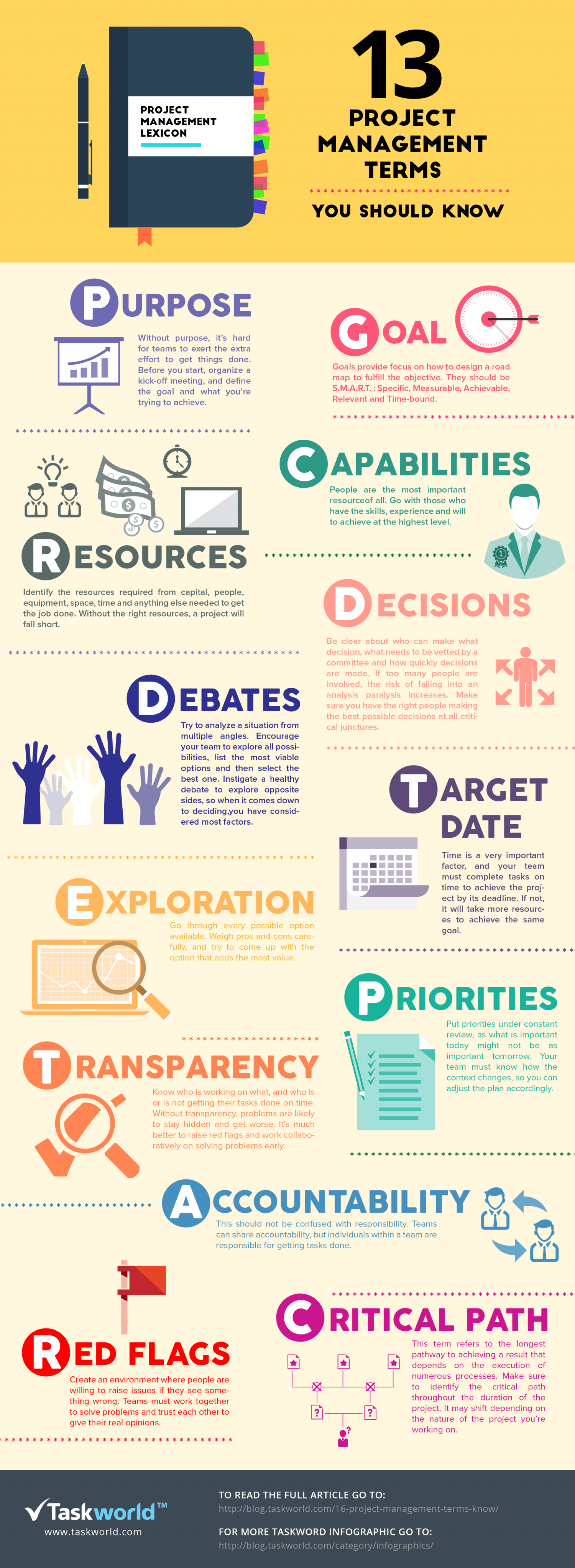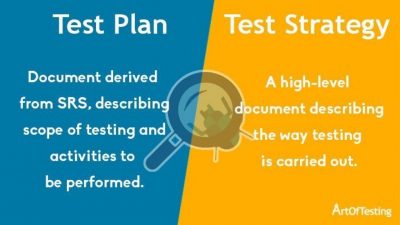
Yes it is necessary!
Early on in my role as QA Analyst, I saw first hand the pitfalls of getting QA involved in a project too late. After all, it’s common knowledge that testing is not needed until the end of the project… Right? Wrong!
The project was about 75% complete when I came on board. The requirements were pretty well set (in somebody’s mind), but they were not all in one place. It turned out that they were sprinkled among the many other project documents and it wasn’t until we gathered them up to review that the stakeholders realized they were not exactly what they thought they were. Nobody likes surprises this late into a project because it usually leads to delays and more cost. As you might suspect, things did not end as well as they should have for this project.







